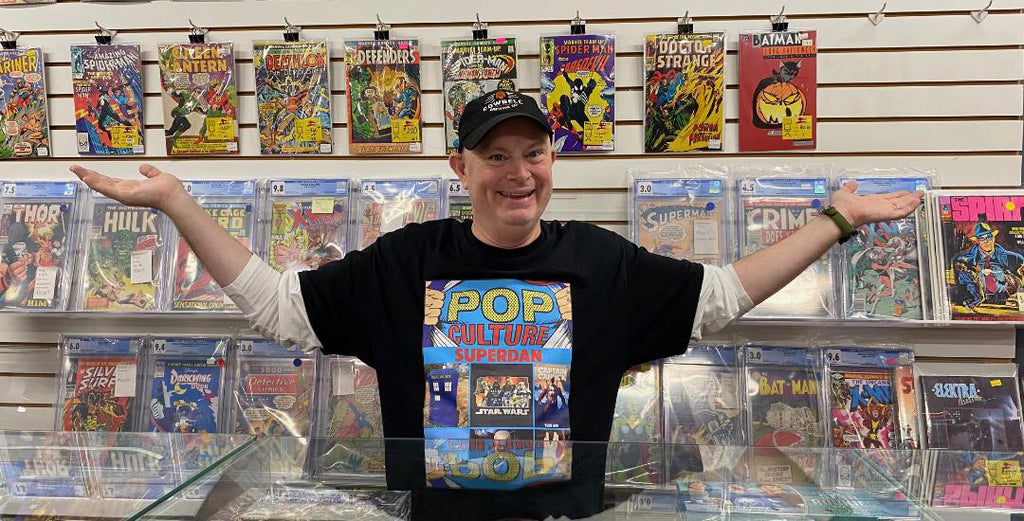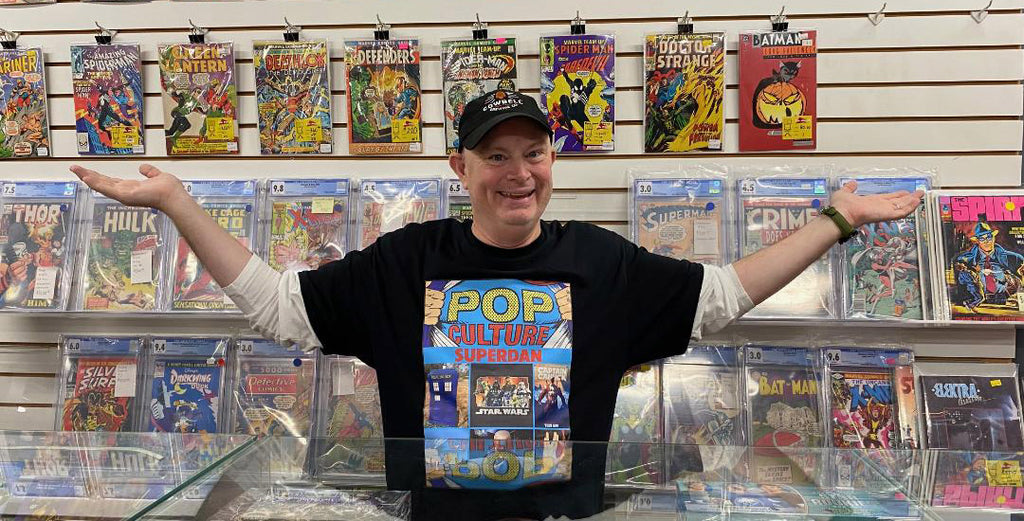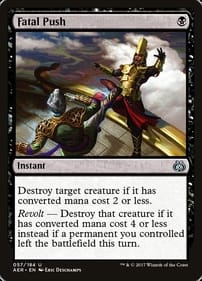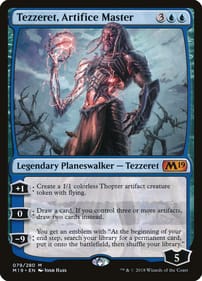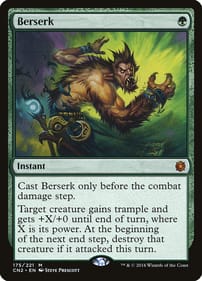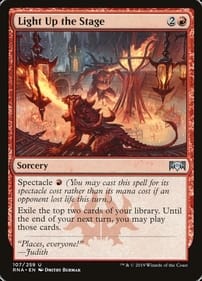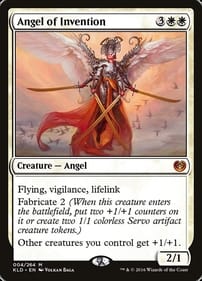Sympathy for the Joker
By Dan BrownAs diehard comic fans already know, a new Joker film – the second focusing on Batman’s nemesis – arrives in theatres October 4.Call me crazy, but I don’t remember this level of interest in the Clown Prince of Crime when I was a boy falling in love with comics in the 1970s.What my buddies and I wanted was a Batman movie, not one about the Joker.And when we finally did get a big-screen version of the Dark Knight’s story in 1989, it was as much about Bats as Mr. J (and Jack Nicholson was a way bigger star than Michael Keaton).All of which is just another way of saying: Supervillains have never been as compelling as they are in 2024.We all know what heroes do: They restore order, they bind the wounded, they bring justice to the world.Villains, on the other hand, get to kick ass and take names.Would you rather be stuck in an elevator with a boring costumed do-gooder or a way-cool badass who makes his or her own rules? Who has the better theme song – Luke Skywalker or Darth Vader? Who gets all the hot girls, crossing guards or outlaw bikers?It’s true, a good guy is only admirable to the extent he can overcome the traps laid for him by the enemy, which is why you’ll see online memes asking, “Which superhero has the best rogues’ gallery?”Back in those early days as a comic lover, the answer for me was the Fantastic Four – who fought the likes of Galactus, Annihilus, and Doctor Doom. Even minor villains like Thundra were cool in their own way. But as an adult comic fan, I have to give it to Dick Tracy, whose long list of foes includes Big Boy, the Mole, the Brow, Oodles, Flyface, Measles, Hairy, No Face, Smokes, Mumbles, and Pruneface.So what changed so that villains became respectable? Somewhere along the way there was a shift in the way they were depicted; criminals went from being anti-social monsters to real people to the coolest cats around.In my lifetime, I don’t think it was a comic innovation that sparked the change in how villains are perceived. It was a movie, namely the 1972 motion picture The Godfather, with its famous portrayal of the Corleone crime family. Hard to believe, but the notion criminals were regular family men was a scandalous one at the time. I remember adults being shocked by it. It turns out baddies love their children, enjoy Sunday dinners, get frustrated at work, and do everything else the rest of us do. They aren’t insane misanthropes after all, just maybe a little misguided.The Godfather was made possible by the abolishing of Hollywood’s Production Code in 1968. No longer did filmmakers have to show crime doesn’t pay.The end result: In pop culture, the divide between good and bad shrank.Fast-forward to today (comics no longer have an industry censor, either) and what you have are criminals who are relatable. They have understandable motives. And the heroes who square off against them are morally grey – think the Watchmen, Hancock, the Boys.One of my favourite portrayals of a supervillain came in 1987’s Superman No. 2, in which comic creator John Byrne absolutely nailed one of comicdom’s great scofflaws, Lex LuthorThe premise: Luthor had commissioned the invention of a supercomputer to crack the mystery of Superman’s secret identity. With this knowledge, the bald crook intended to crush his adversary.Fully programmed, the machine spits out its answer at the end of the issue: Clark Kent is Superman. Simple, right?Yet Luthor can’t bring himself to believe a being with the powers of a god would choose to live among mere mortals as one of them. Byrne was right on the money. If Luthor was a real person, he WOULD be brilliant enough to create a device that could unmask Superman. And Luthor WOULD be arrogant enough to think he knows better. Luthor’s tragedy is that he’s sure Superman thinks the same way he does. He can’t stomach the idea of someone being able to submerge their own ego – because he’s ego-driven. It’s a failure of empathy, which is the true root of all evil.Dan Brown has covered pop culture for more than 31 years as a journalist and also moderates L.A. Mood’s monthly graphic-novel group.
Going inside the mind of Bruce Wayne
By Dan BrownBatman first appeared in 1939. Is it possible, all these decades later, there are still Batman stories left to tell?Featured in comics, big-screen serials, newspaper strips, radio dramas, live-action TV shows, animated programs, graphic novels and full-length motion pictures, the character has been through a lot.The Dark Knight has had his back broken. One of his wards has been killed in the line of duty. He’s retired, then changed his mind. His origin story has been re-told and revised and reiterated and rebooted so many times, we’ve all lost count.So what else could there possibly be?Well, there’s a crucial episode in the Caped Crusader’s life that hasn’t yet seen the light of day, and I’m going to give the idea away for free to any comic writer who wants to steal it.As we all know, unlike Superman and Wonder Woman, Batman has no special traits. Bruce Wayne is a mortal human, albeit a rich one.But according to one school of thought, he does have an ability that sets him apart from every other hero in the DC pantheon. What is Batman’s superpower? Being prepared.Combined with unlimited financial resources, the thing Wayne has going for him is he’s ready for any possibility. He has anticipated every scenario a superhero could face, and planned a solution.For example, it was in Frank Miller’s Dark Knight Returns that readers learned he was able to synthesize a small amount of kryptonite in case he ever had to face Superman in mortal combat. It took him years to accomplish, and cost a fortune, but it’s this foresight that allows Batman to put his spiked boot on Superman’s throat – and not just in a symbolic sense.In order to be prepared, one has to have a rich imagination. It’s true experience plays a part, but Bruce Wayne had to have a creative mind in the first place. After all, it’s not everyone who sees a bat fly through a window, then thinks: I’ll dress up as one of those in order to terrorize criminals.I define imagination as the ability to construct in your mind what doesn’t yet exist in the real world. It’s not just an asset to superheroes, but is the key to success in a wide range of professions. I don’t believe it’s innate. I think it can be developed. If you want a real-world example of its importance, bear in mind how the 9/11 Commission in the United States concluded it was partly a “failure of imagination” on the part of security planners that allowed the deadly attacks of that day to happen.So where does Wayne get his wonderful inventiveness? We don’t really know.Perhaps he was exposed to a lot of creativity in his younger years. In Miller’s telling, for instance, the night Wayne’s parents were killed they had just seen The Mark of Zorro at a Gotham movie theatre. Perhaps Wayne had a childhood filled with such flights of fancy.Or maybe it was Alfred who passed down his experiences to a young Wayne, opening the future crime fighter’s mind. Or perhaps there’s a character readers haven’t met yet who sparked his flowering creativity – it could have even been an influential teacher. If you grant that Batman’s superpower is being prepared, you have to account for how he developed what must be the sharpest imagination in the DC universe. That’s why, whoever it was or however it happened, the origin story of Batman’s imagination needs to be told. If you have any ideas about what other Batman stories are yet to be unleashed on comic readers, let me know in the comment box below or on Facebook.And by the way, this is the 16th column I’ve written for the website of L.A. Mood Comics & Games, but the first one I’ve written about Batman. What took me so long?Dan Brown has covered pop culture for 30 years as a journalist and also moderates L.A. Mood’s monthly graphic-novel group.


